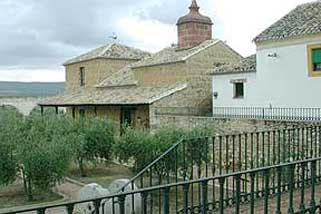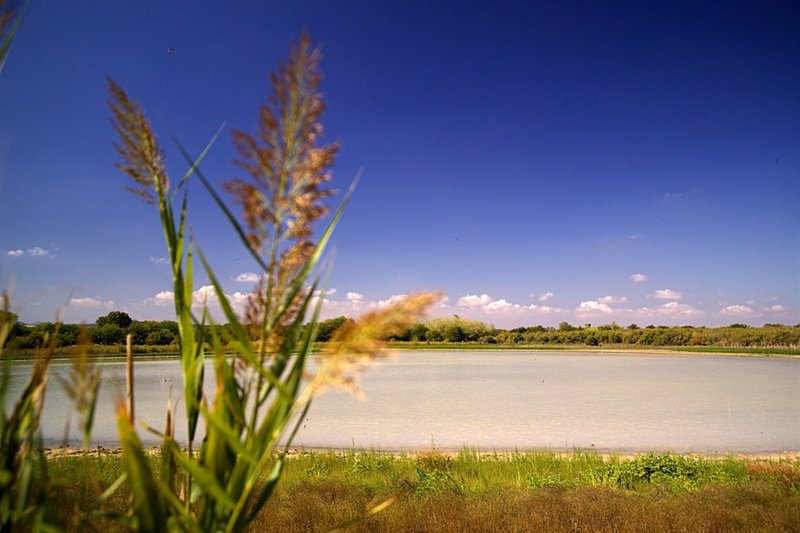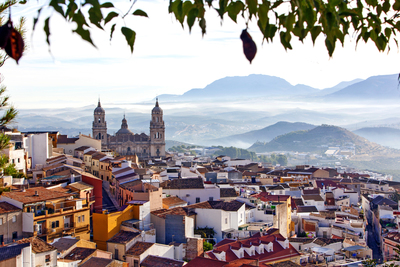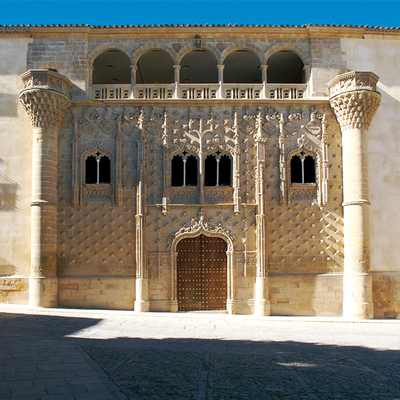Laguna Grande
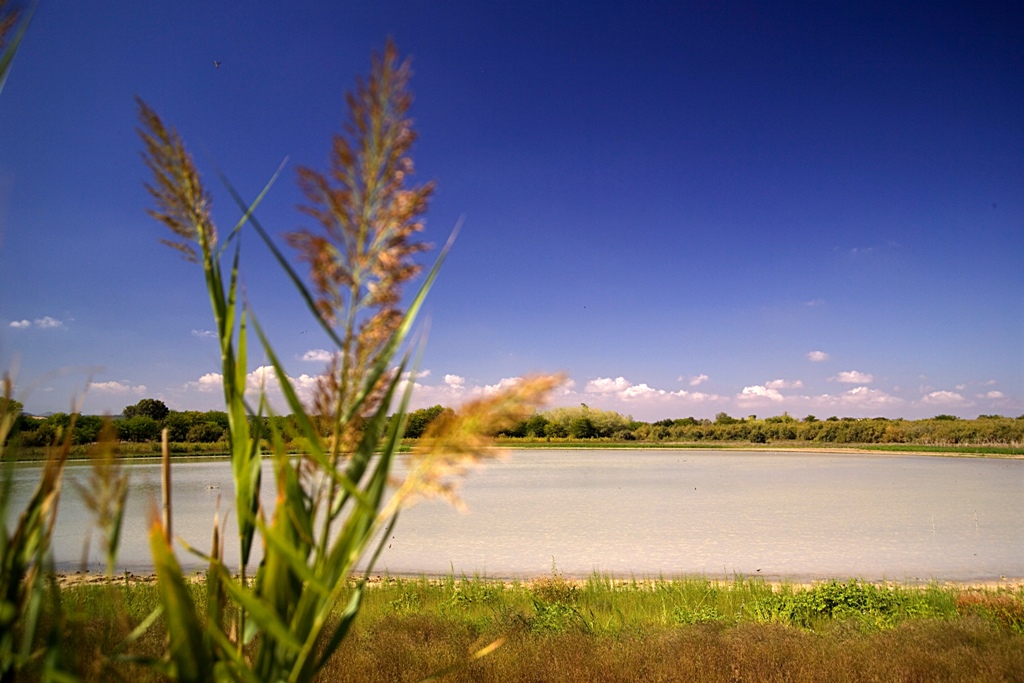
Laguna Grande's eighteen hectares of water make this the largest lake in the province Jaén, and it is also one of the most important on account of its state of conservation. The most unusual thing about this lake is its origin; it was man made, perhaps making use of the small wetland area that was already there, to store water for irrigation of the huge surrounding olive groves.
This is a year-round lake that undergoes major fluctuations in water level. It is fed by the Torres River, via irrigation channels. The fact that it does not dry up in summer makes this wetland area especially important for water birds. At this time of year the province's natural lakes dry up and birds find an ideal place to feed and shelter here.
Olive plantations replaced the area's natural flora, although there are still some holm oaks dotted around that remind you of the vegetation that once dominated the setting. Around the body of water, besides the lakeside vegetation of reeds, bulrushes and rushes, mention should be made of the presence of tamarisk, poplar, ash trees and brambles, providing shade for visitors and local fauna alike.
The hides set around the lake mean that visitors can enjoy water birds, which include teal, mallard and pochard. Special mention should be made of the penduline tit, which is quite rare. If you are lucky you will be able to see the strange nests made by this small bird, hanging in the trees of this natural area.
This beautiful natural area is popular with local residents, who make use of its facilities for leisure activities and recreation.

